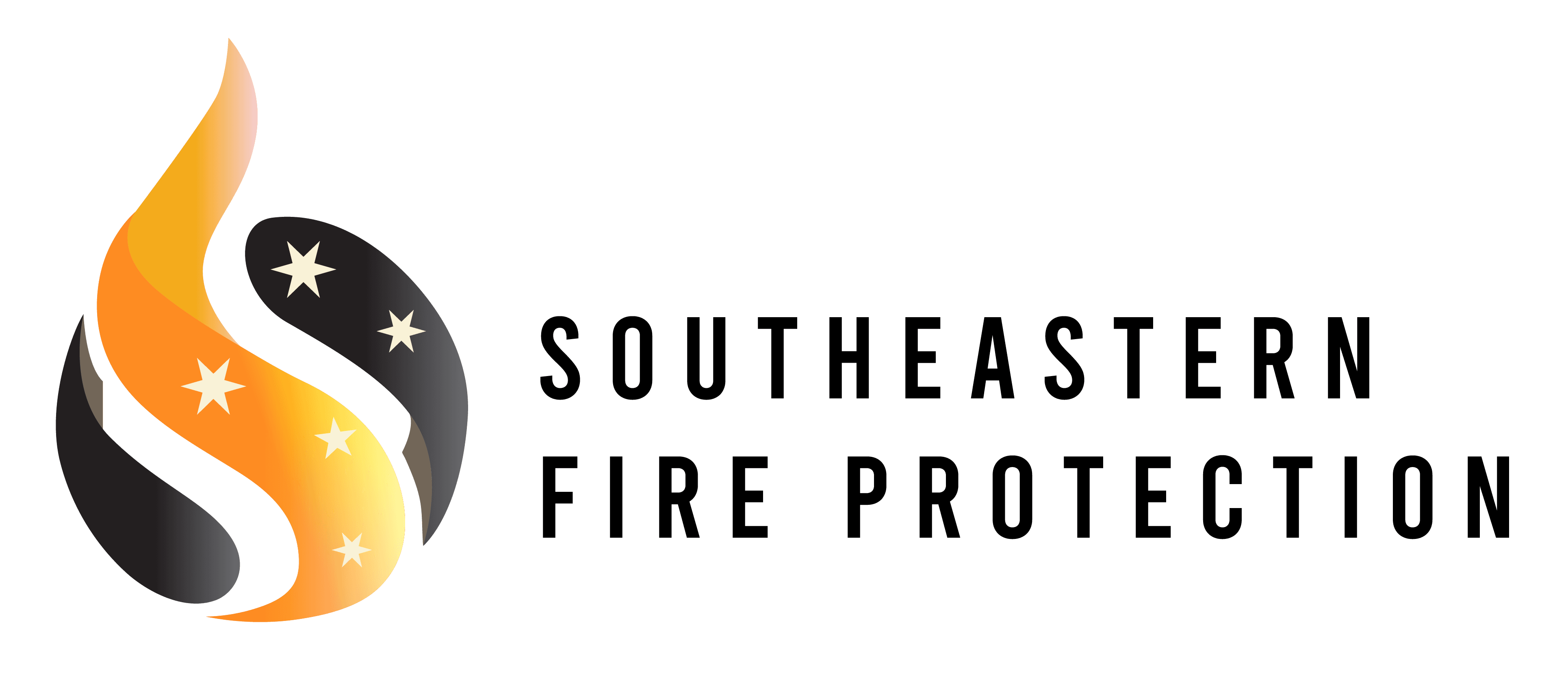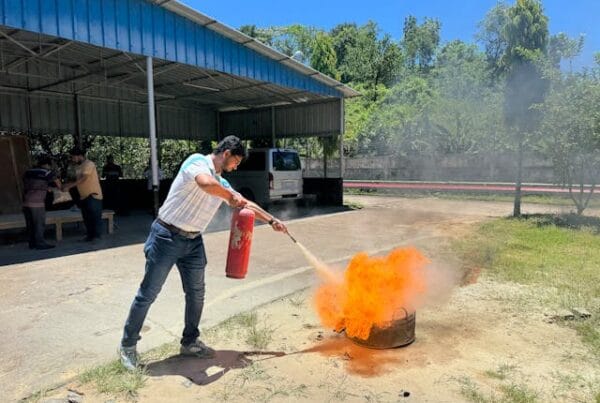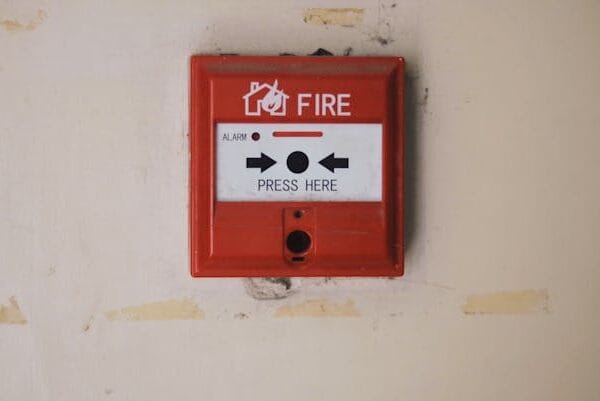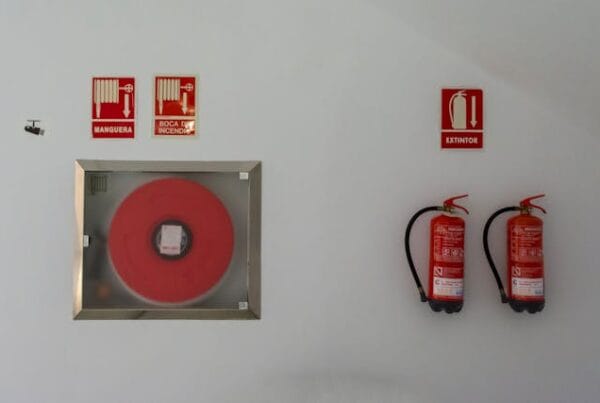
Fire safety regulations for commercial buildings are constantly evolving, driven by new technologies, lessons learned from past incidents, and ongoing research into fire science. For commercial building owners and facility managers, staying abreast of these updates is not just a best practice but a critical legal and ethical responsibility. This article discusses the importance of monitoring regulatory changes and ensuring continuous compliance.
The Challenge of Commercial Fire Code Compliance
Achieving and maintaining commercial fire code compliance can be a significant challenge due to the complexity and frequent updates of regulations. These codes dictate everything from building materials and egress requirements to fire suppression systems and alarm protocols. Ignorance of the law is no excuse, and penalties for non-compliance can be severe.
Understanding Evolving Building Safety Laws
Building safety laws, including those pertaining to fire, are dynamic. What was compliant last year might not be today. This requires continuous vigilance and a proactive approach to understanding evolving building safety laws. Key areas of change often include requirements for new construction, renovations, and specific occupancies.
Essential Fire Safety Legal Requirements for Businesses
Every business operating within a commercial building has essential fire safety legal requirements. These typically involve conducting regular risk assessments, implementing fire prevention measures, providing staff training, and maintaining all fire safety equipment. The specific requirements can vary by jurisdiction and industry. Consult local government resources for precise legal obligations, such as the Singapore Civil Defence Force (SCDF) for fire safety guidelines (external link).
Adhering to Property Fire Safety Standards
Beyond legal mandates, adhering to robust property fire safety standards is crucial for asset protection and business continuity. These standards, often set by organizations like the NFPA or ISO, represent best practices in fire safety and often exceed minimum legal requirements, providing an added layer of protection. Learn more about industry standards on our about us page.
The Impact of New Technologies on Regulations
Advancements in fire safety technology, such as smart fire alarm systems and advanced suppression agents, often influence regulatory updates. Building owners must be aware of how these new technologies can improve safety and whether their adoption becomes a new compliance requirement.
Proactive Strategies for Staying Compliant in Fire Safety Regulations Available
To stay compliant, commercial building owners should implement several proactive strategies:
- Subscribe to Industry Updates: Follow fire safety associations and regulatory bodies.
- Regular Consultations: Work with qualified fire safety professionals who stay current with changes.
- Internal Reviews: Conduct periodic internal audits of fire safety procedures and equipment.
Penalties and Liabilities for Non-Compliance
The penalties and liabilities for non-compliance with fire safety regulations can be severe, ranging from hefty fines and legal action to business closure and, in tragic cases, criminal charges. Protecting occupants and avoiding these consequences underscores the importance of stringent adherence.
Conclusion: A Continuous Commitment to Safety
Navigating fire safety regulations updates for commercial buildings is a continuous commitment. It requires vigilance, investment, and partnership with experienced professionals. By prioritizing commercial fire code compliance and staying ahead of regulatory changes, you safeguard lives, protect your property, and ensure your business operates securely. Sefirepro.com is your partner in achieving unwavering fire safety. Contact us for expert guidance.




